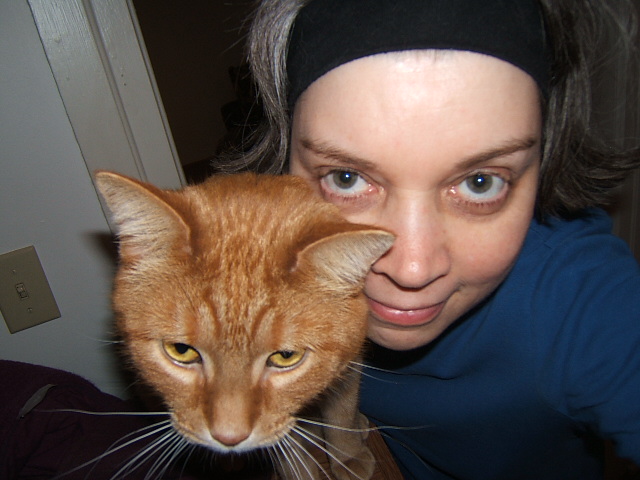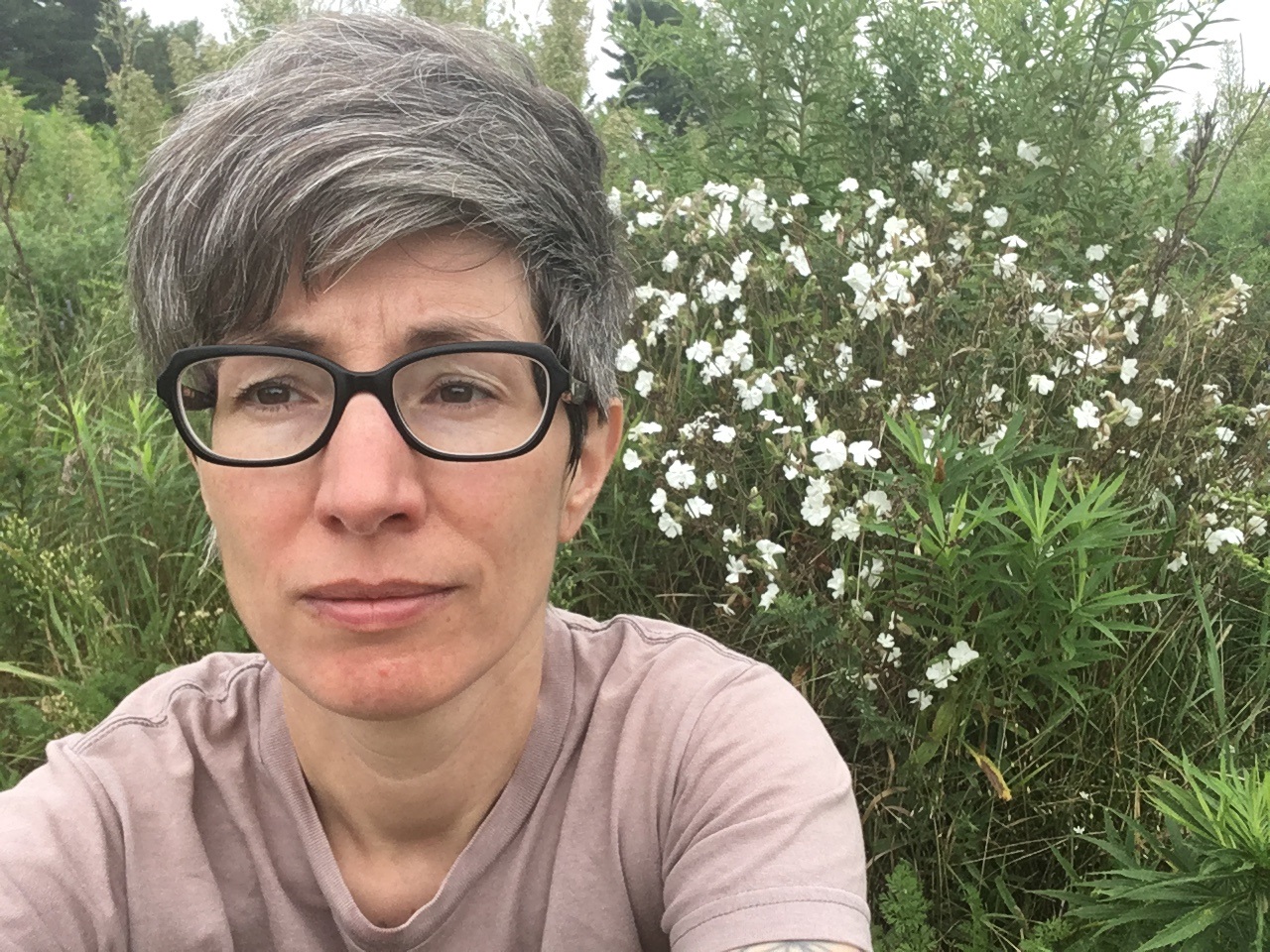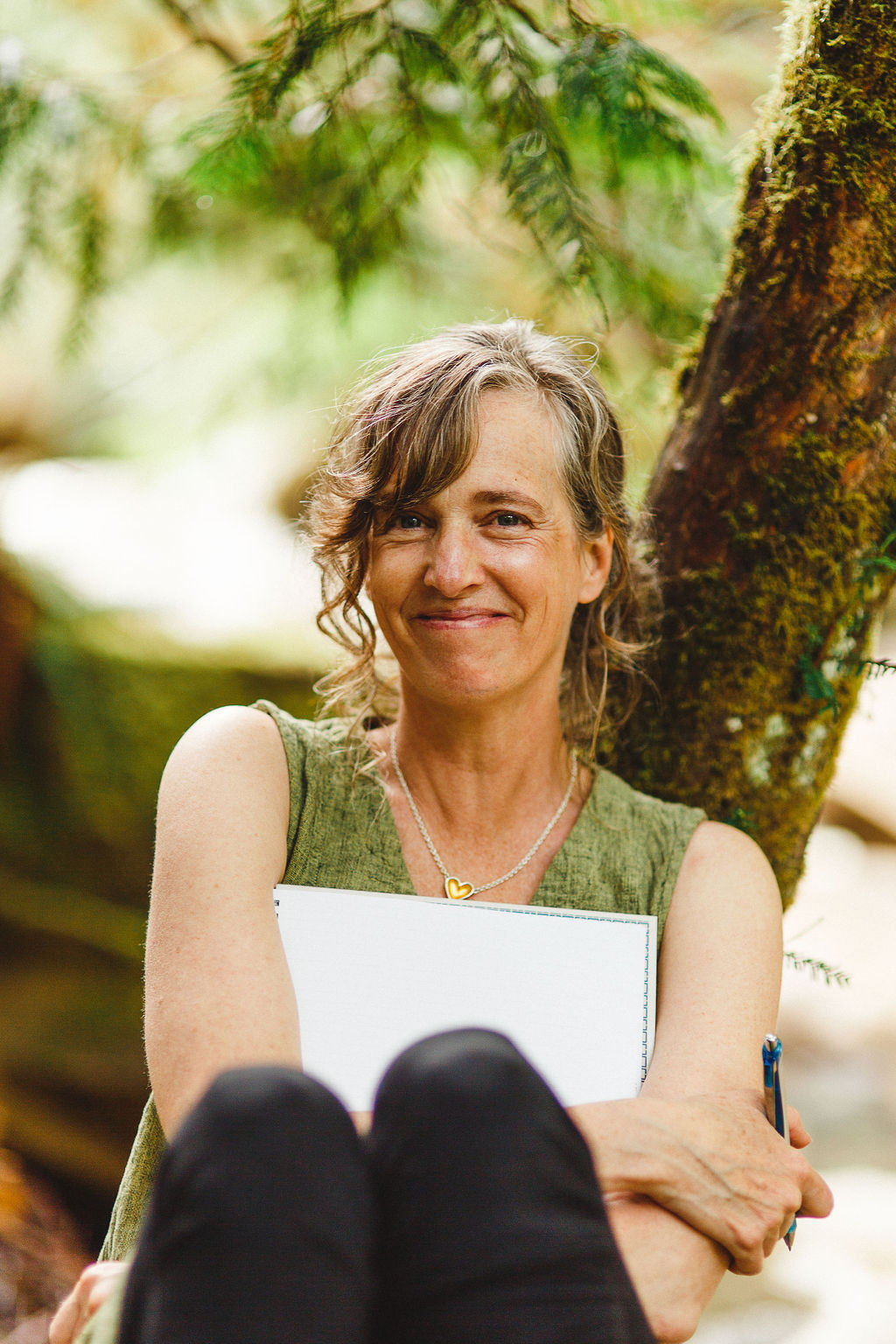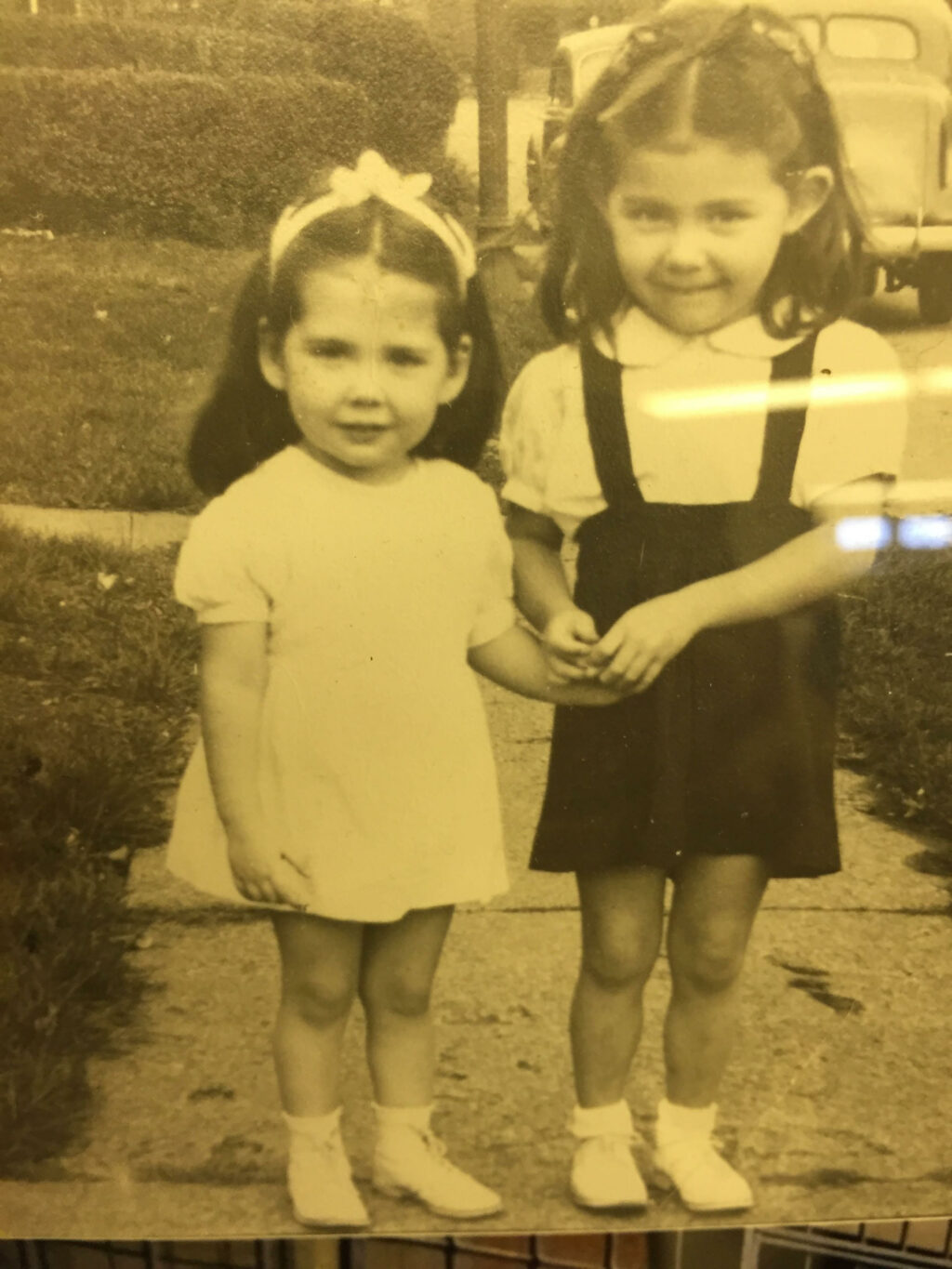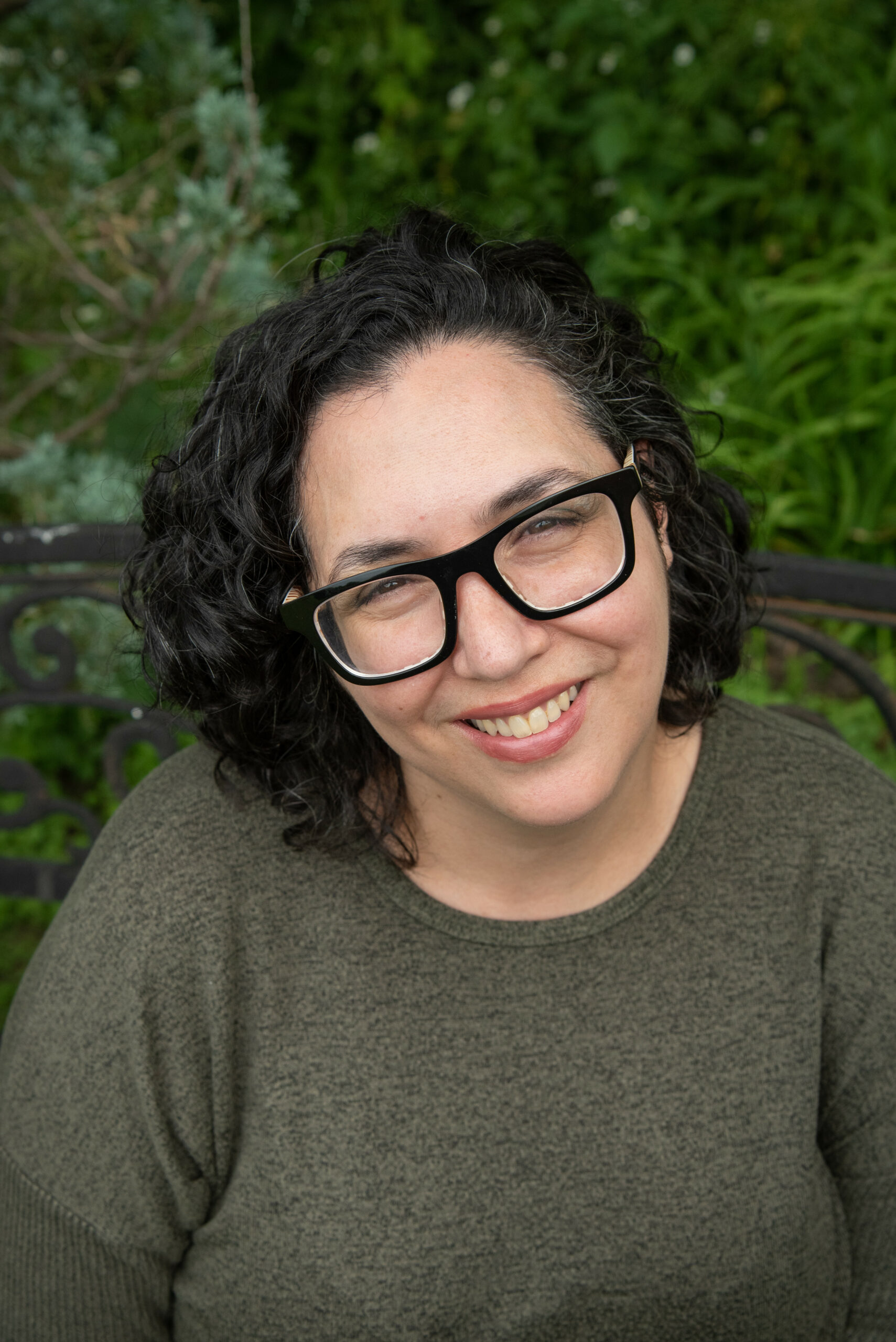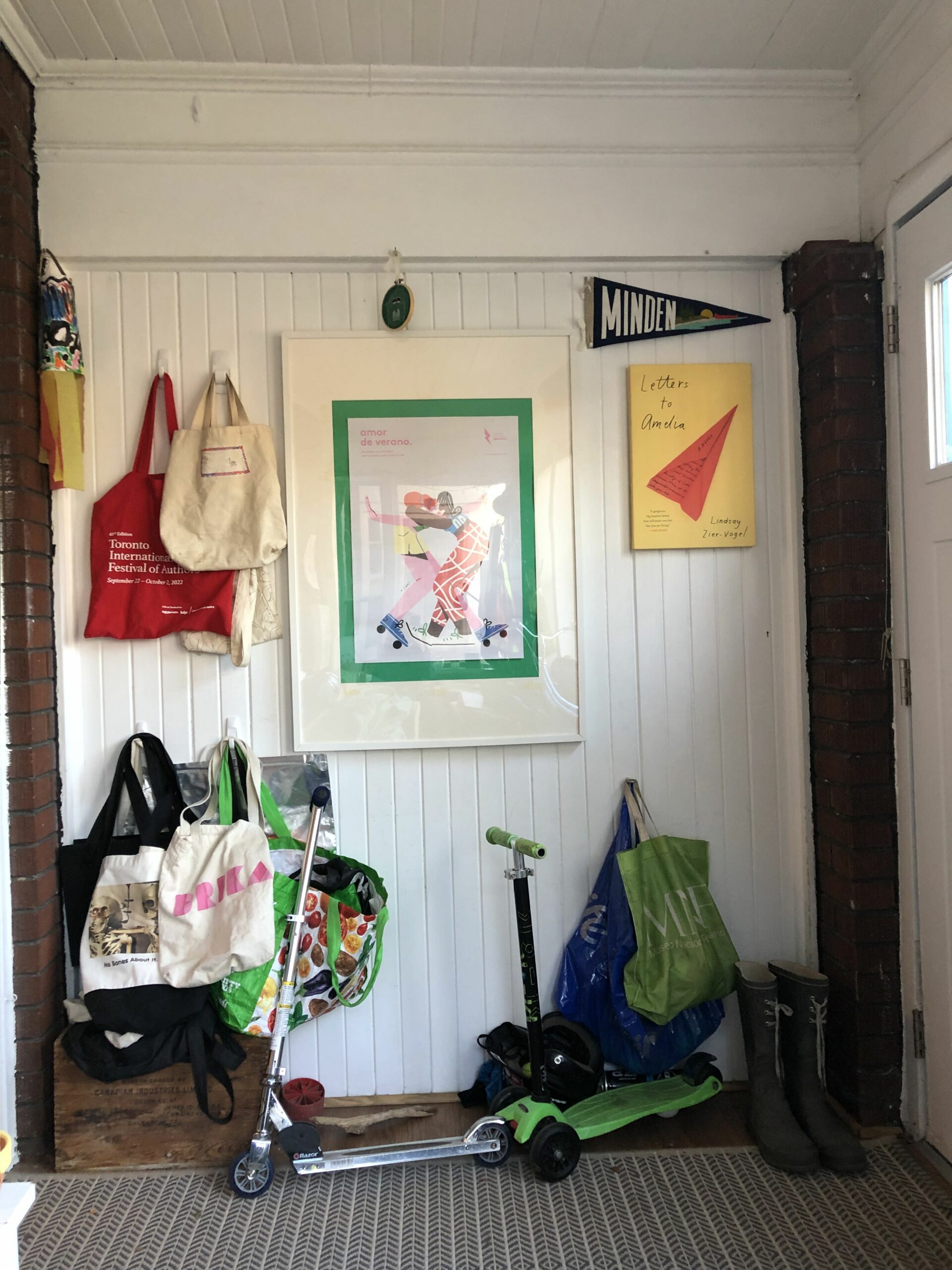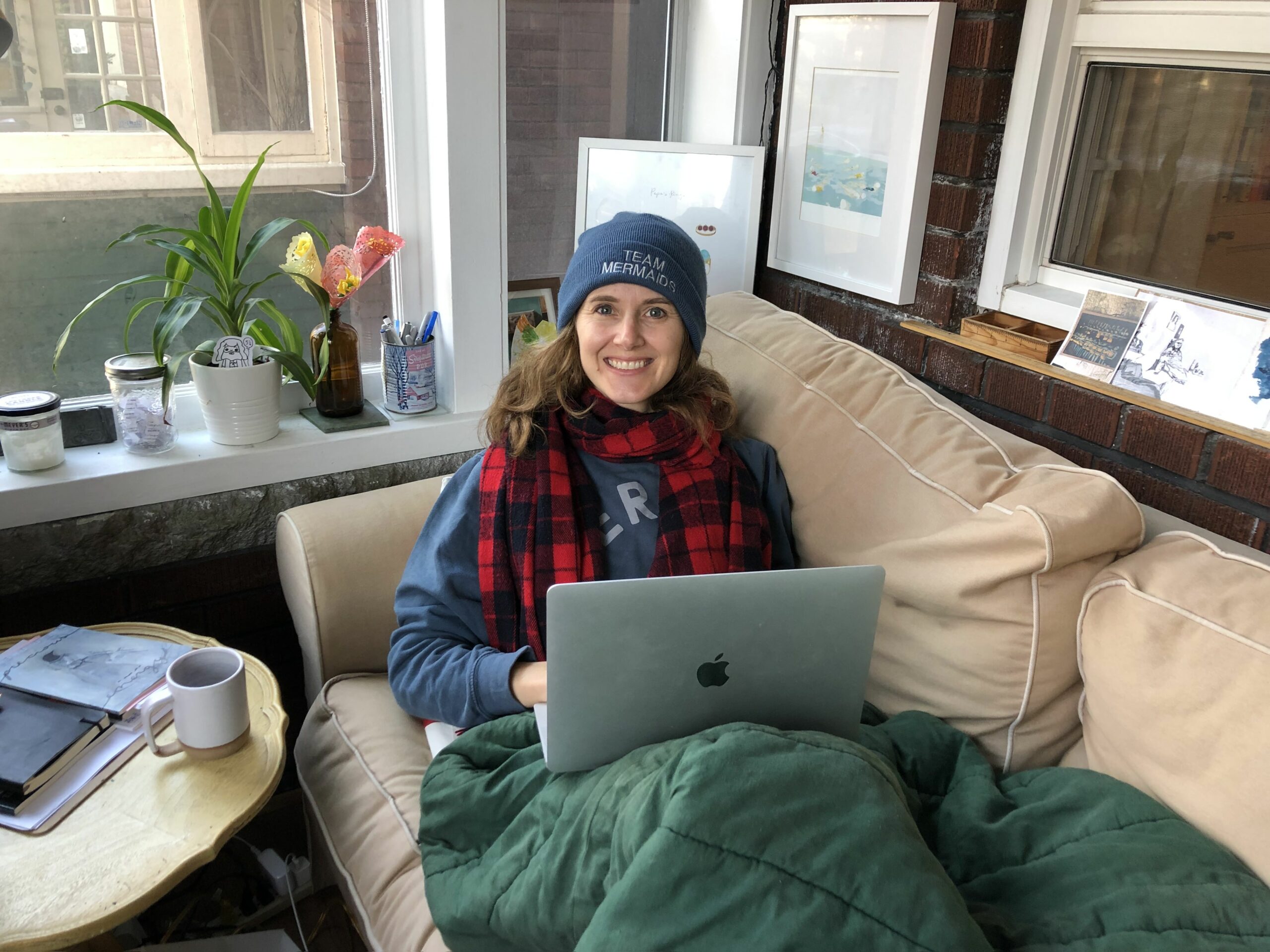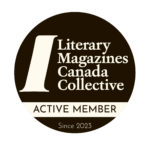What is Amber Fenik Reading?
I just finished Ducks by Kate Beaton. I retreated to my bed – my perpetual happy place especially throughout the neverending pandemic quarantine and lockdowns – reading it from cover to cover all in one go. It was one of those fingertip-gripping, page turning, blurry-eyed, I-don’t-think-this-is-good-for-my-back, all nighters. I loved the author’s long running online comic strip Hark! A Vagrant as well as her previous two book collections of equally light-hearted fare: Hark! A Vagrant and Step Aside, Pops: A Hark! A Vagrant Collection. A comedic yet heartwarming reimagining of people and events in history and literature, they are a welcome escape from the all too harsh realities of the modern world.
Ducks marks Beaton’s venture into a more serious topic, covering the period of time in her life following university when she had to leave her community of Cape Breton to find work in Alberta’s oil sands in the hopes of paying off her student loans.
What I enjoyed most about this graphic novel is that it can’t be categorized. It takes place in such a specific time and location, but covers a myriad of important issues that are still prevalent today: the persistence of poverty in certain parts of the country, mental health and the lack of access to adequate healthcare, workers’ rights and dangerous working conditions, climate change and environmental impacts of certain industries, drug abuse and addiction, sexual harassment and sexual assault, and the lack of job opportunities and the struggle to maintain quality of life in an increasingly unaffordable society – especially for younger generations.
This graphic novel presents us with the question, “Can we find community outside of our home towns surrounded by strangers?” Most painfully, it wonders why in Canada, entire communities have to travel halfway across the country in order to make a livable wage, often in very unsafe conditions.
You would think that this would be a heavy read but the collection of stories recounting this period of Beaton’s life is interwoven with humour and contains many heartfelt moments. Beaton’s ability to convey emotions through her illustrations is masterful. You can tell exactly what each of the characters are thinking, see the nuances in their expressions and body language. That’s pretty impactful for black and white lines.
Through a painfully honest, vulnerable, and detailed account of her personal life and experiences, Beaton creates a vivid picture of humanity and connects the reader to unfamiliar people and places. But what shines through most of all is the deep
attachment and longing for home inherent within all of us as well as the feelings of peace and joy that our loved ones bring us – no matter where we may be.
I’m not a crier, but I cried a lot. I ugly-cried my way from cover to cover.
P.S. There is a shimmery duck embossed on the front of the hardcover copy of this book that looks like an oil spill. If that can’t convince you to read it, I don’t know what will.
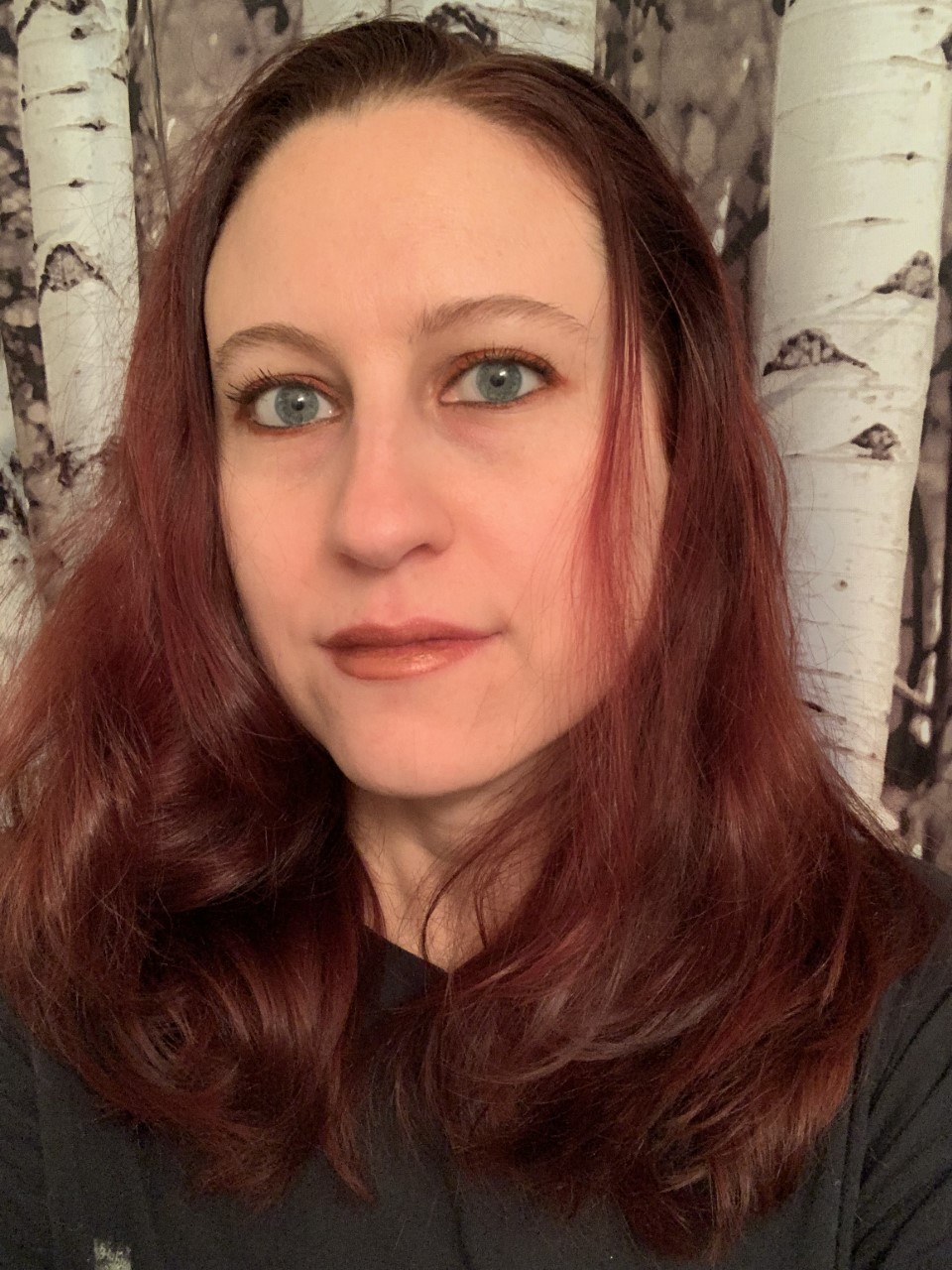
Amber Fenik was born and raised in Perth, Ontario where she heard many local ghost stories. She has thwarted death on several occasions and enjoys spending time alone with her cat. Contrary to popular belief, she is not afraid of the dark.
Photo by Zdeněk Macháček on Unsplash

